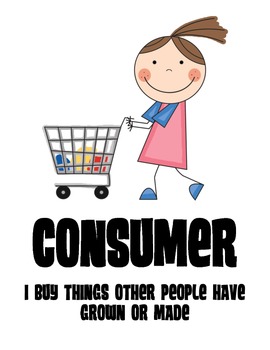


As utility falls, the price that consumers are prepared to pay declines, causing the demand curve to slope down from A to B. Therefore, in the above diagram, as consumption rises from zero, at C, to Q, marginal utility falls. A very thirsty consumer will be prepared to pay a relatively high price for their first soft drink, but, as they drink more, less utility is derived and the price they would be prepared to pay falls. One explanation for this is the law of diminishing marginal utility, which suggests that the first unit of a good or service consumed generates much greater utility than the second, which generates greater utility than the third and subsequent units. Declining consumer surplusĬonsumer surplus generally declines with consumption. This net gain is called consumer surplus, which is the total benefit, area ABQC, less the amount spent, area PBQC. Hosted by Martin Strong, Vancouver Consumer introduces you to local products and services. Department of Agriculture is seeding agricultural producers and food businesses with millions of dollars in investments designed to improve markets, create and strengthen jobs, control. This means that there is a net gain to the consumer, because area ABQC is greater that area PBQC. The amount consumers actually spend is determined by the market price they pay, P, and the quantity they buy, Q – namely, P x Q, or area PBQC.

For example, at price P, the total private benefit in terms of utility derived by consumers from consuming quantity, Q is shown as the area ABQC in the diagram.


 0 kommentar(er)
0 kommentar(er)
